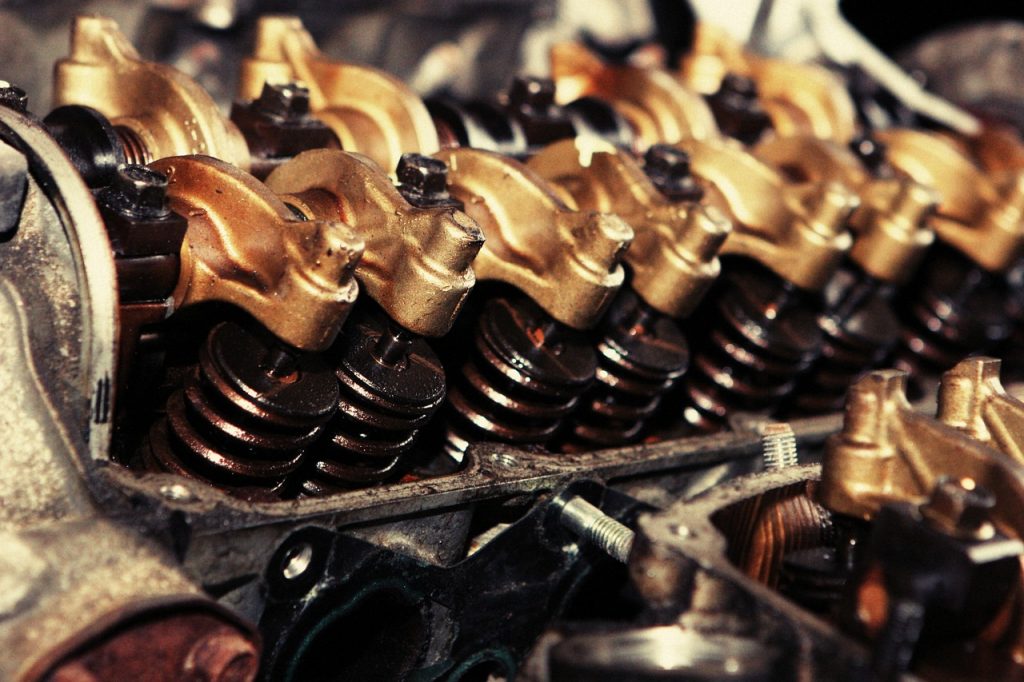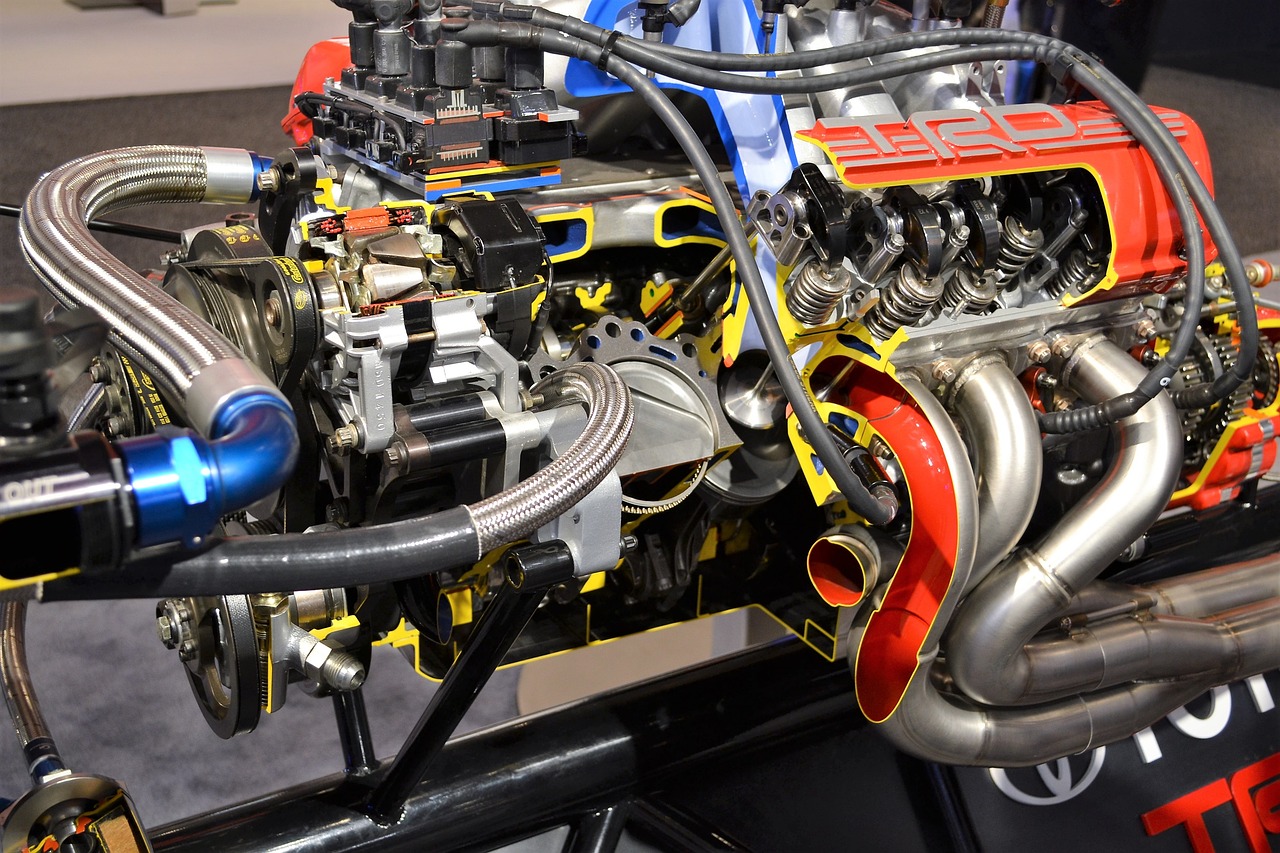This innovative hydrogen-diesel hybrid engine, lovingly dubbed “baby number two,” might help decarbonize some of Australia’s most carbon-intensive sectors.
The test rig is big – it has its own room adjacent to a lab and appears to be similar to many other massive motors at first glance, but its steel exterior may conceal game-changing technology.
Engineers at (UNSW) the University of New South Wales, claim to have successfully adapted a standard diesel engine to use a mixture of hydrogen and a small amount of diesel and that their patented method has reduced carbon dioxide emissions by more than 85 percent.

Prof. Shawn Kook and his colleagues from the university’s School of Mechanical and Manufacturing Engineering are responsible.
Extreme interest exists in transforming a current diesel engine into a clean-burning hydrogen engine, Professor Kook tells the BBC in his Sydney laboratory. From Japan, Germany, South Africa, Brazil, and China have come inquiries.
“We install the hydrogen direct injection system into current diesel engines, which is applicable to any conventional engine,” he continues.
According to Prof. Kook, what makes their technology distinctive is the manner it combines hydrogen and diesel before introducing it to the engine cylinder for combustion.
Hydrogen, unlike fossil fuels, does not emit carbon dioxide when used, hence it has long been considered a greener fuel source.
Hydrogen makes up about 90% of the fuel in the UNSW hybrid diesel engine, but it has to be used carefully.
Prof. Kook says that if hydrogen is not added to the fuel mixture at the proper time, “it will create something explosive that will destroy the entire system.“
Studies indicate that regulating the combination of hydrogen and air within the engine’s cylinder can help mitigate the dangerous nitrogen oxide emissions that have impeded the commercialization of hydrogen-powered vehicles.
The Sydney research team predicts that within a few months, diesel trucks and power equipment used in the mining, transportation, and agricultural sectors could be replaced with the new hybrid system.
Prof. Kook has questions about the hybrid’s appeal to the automobile industry, where electric and hybrid vehicles are already advanced and replacing diesel cars.
However, he asserts that Australia’s multibillion-dollar mining industry needs an immediate solution for all of its diesel-powered equipment.
“Numerous diesel-powered generators, megatrucks, and underground machinery are currently in use. How do we decarbonize all the diesel engines now in use? One option is to shut everything down and introduce new technology, which will take decades “He claims.
The hybrid is designed to run on a mixture of hydrogen and diesel or diesel alone if hydrogen is unavailable.
Professor Kook anticipates that his next-generation engine will be commercialized within two years.
Tim Buckley, director of the Sydney-based think tank Climate Energy Finance, believes the technology has the potential to “dramatically revolutionize the Australian mining industry.”
“My work usually includes an element of skepticism in order to distinguish between hype and optimism and reality. Nevertheless, this New South Wales University breakthrough appears to be quite significant. If they are successful, there is a tremendous potential “He claims.
The Australian team is competing globally to build diesel-hydrogen hybrid engines. Other nations’ engineers are working on their thoughts and designs, but the Sydney team believes it has an advantage.
Xinyu Liu, a Chinese Ph.D. student at the University of New South Wales, adds, “I believe we have made a breakthrough compared to most other research groups in the world in that we can actually get a larger percentage using hydrogen as opposed to diesel.”
“We can get a greater decrease in CO2 and emissions than with previous technologies. Using the previous small-scale engine, the concept was validated. We are attempting to execute this concept on a wider, more [relevant to industry] scale.”
According to Prof. Kook, the larger version, or “baby number two” of the UNSW, has twice the volume of the first prototype and has the potential for a “huge decrease in CO2” emissions.
The objective is described in a research that was published in the International Journal of Hydrogen Energy.
Much of the invention’s environmental impact will depend on the source of the hydrogen.
While some hydrogen is taken straight from the ground, the vast majority is produced in a process that generates carbon dioxide.
The solution is considered to be green hydrogen, which is produced by splitting water into hydrogen and oxygen using an electrolyzer and renewable energy. However, the required equipment and electricity are expensive, thus only a tiny amount of hydrogen is currently produced in this manner.
With ample sunshine and wind, Australia has a great deal of potential to produce renewable electricity, which could one day be utilized to produce more green hydrogen.
The Climate Council, an independent organization, argues that Australia can cease its dependency on fossil fuels through the use of sustainable hydrogen.
Australia is one of the world’s major exporters of coal and liquefied natural gas, according to a 2021 Council briefing. “Both are polluting fossil fuels, and Australia pays a heavy price for this in the form of more severe and frequent extreme weather events, such as bushfires, heatwaves, and drought.”
The UNSW initiative is still in its infancy in the laboratory. Academic endeavors necessitate the financial heft of external funding as well as the practical input and expertise of a mining firm or engine manufacturer.
Prof. Kook explains, “Our objective is to impact the Australian mining, agriculture, and construction industries first, and subsequently the rest of the globe.“
Australia is home to some of the world’s largest resource firms, all of which have committed to aggressive decarbonization goals. Technology is essential.
Tim Buckley adds that the concept of combining hydrogen and diesel in an existing engine is a Holy Grail for decarbonizing heavy industry and mining.
“Can they genuinely implement it in a commercial setting and reproduce it outside of the university?”











